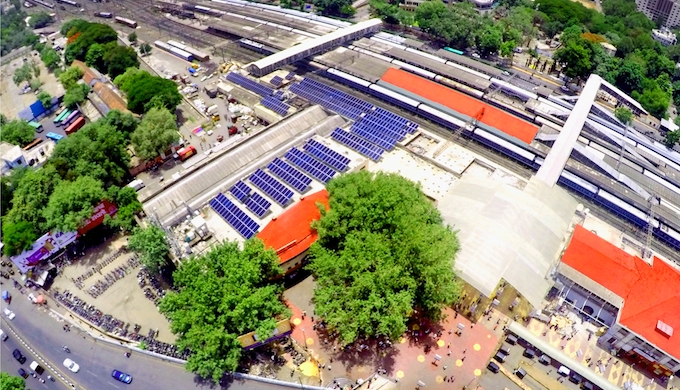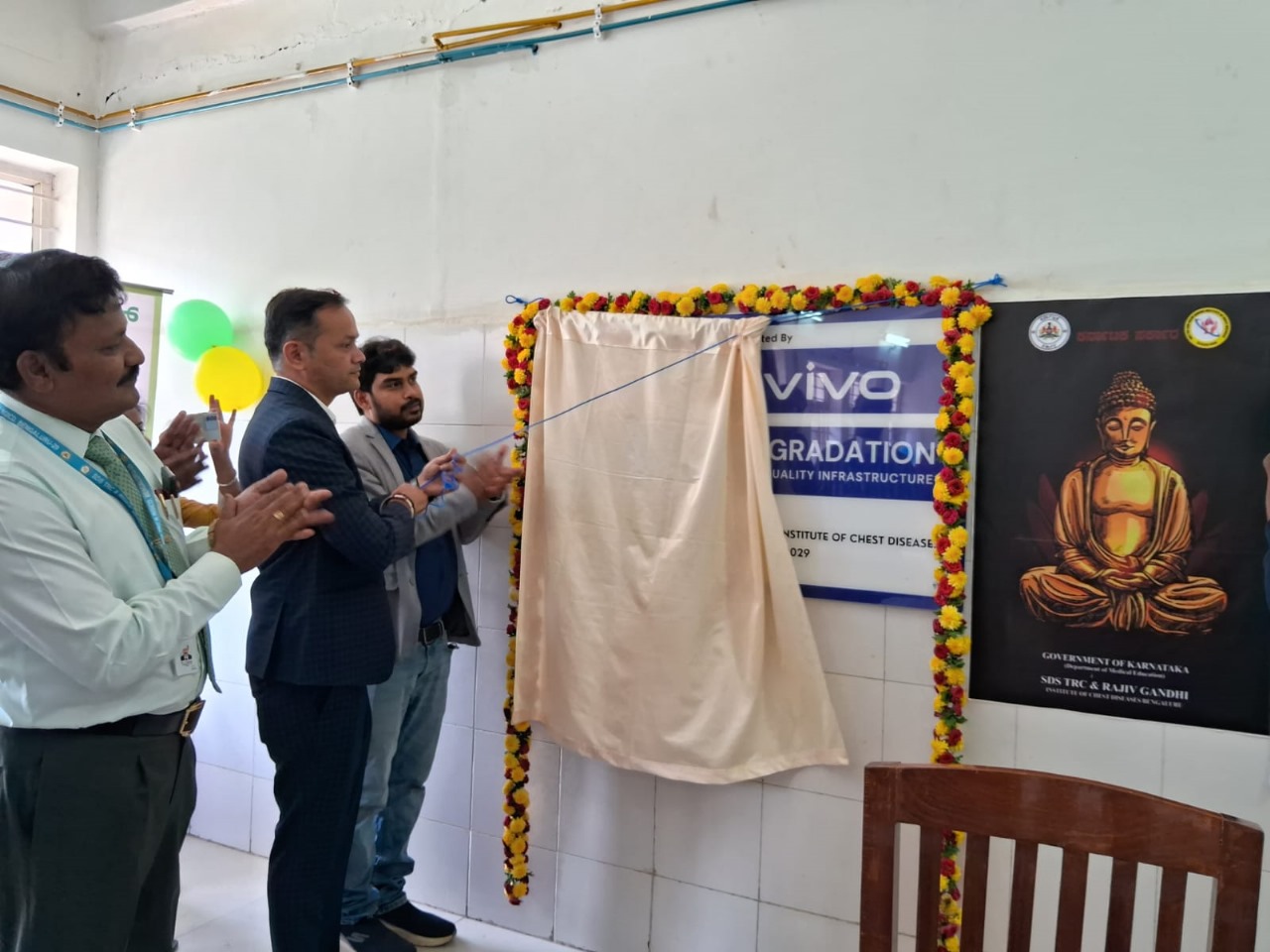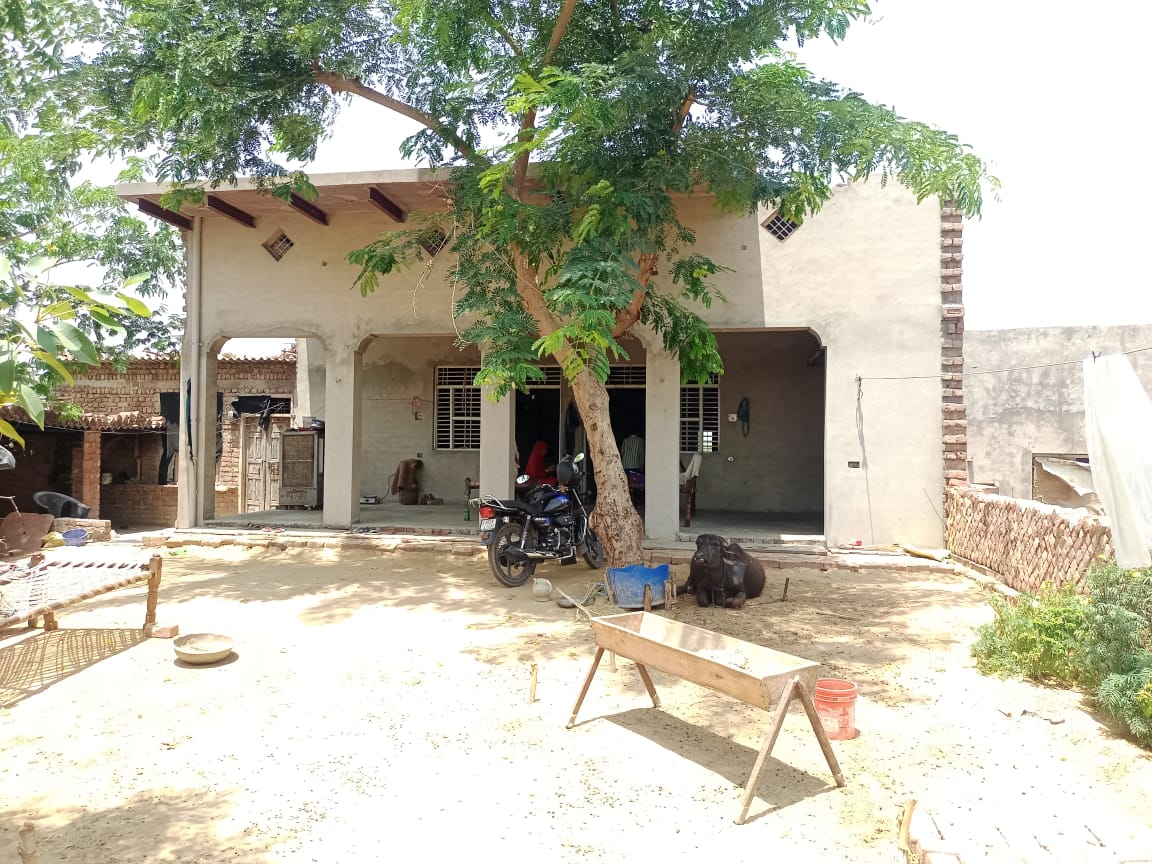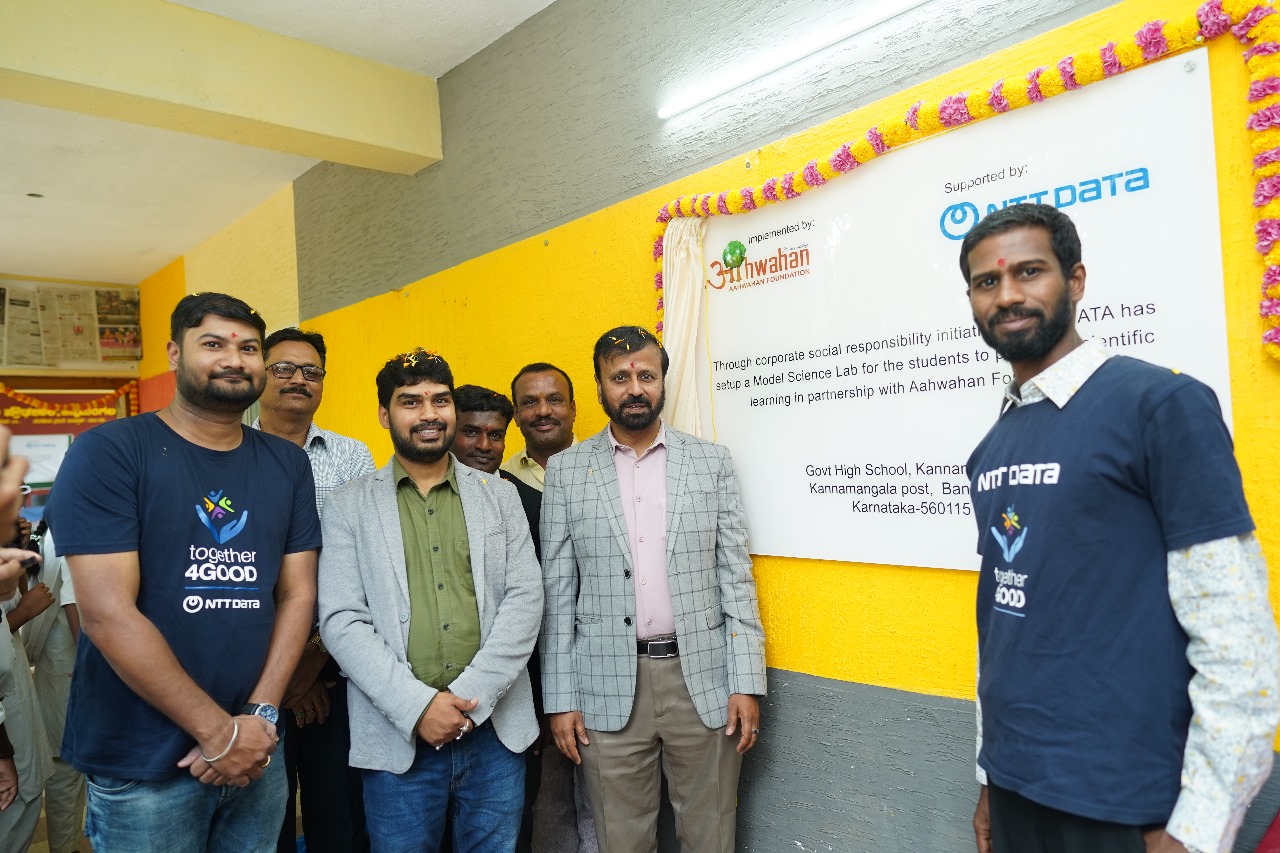Sunlight starts powering railway stations
By Indian Climate Dialogue
January 6, 2018

In the last few years, solar power has penetrated India’s transportation sector in a big way. One of the best instances is that of Kochi airport in Kerala, which made news for being the world’s first airport to be powered by solar power, paving the way for others to follow suit.
Taking a cue from the aviation sector, the railways too have realised the benefits of switching to sun power. The Indian Railways has announced that by 2020, it plans to generate around 1,000 MW of solar power and the figure may be scale up to 5,000 MW by the year 2025.
On July 14 last year, Indian Railways rolled out its first train with rooftop solar panels. See: India to have more solar-powered trains
Encouragingly, stations powered by sun power have also come up in two cities of India — one at Pune (162 kWp) and the other at the Nampally station in Hyderabad (227 kWp).
As per the Companies Act, every company in India needs to set aside 2% of its profits for Corporate Social Responsibility (CSR) activities. In this regard, the CSR wing of Persistent Foundation, which works in areas such as health, education and community development, donated a solar power plant to the railways to the Pune railways station — a pilot project, which was the first of its kind in the country.
This was followed by yet another installation at Hyderabad’s Nampally railway station. In order to execute the project, Persistent Foundation tied up with Sunshot Technologies, a solar energy company based at Pimpri-Chinchwad in Maharashtra.
The initiative at the Pune station was driven by the fact that it is green energy, Vaibhav Nikam, assistant manager of Persistent Foundation, told indiaclimatedialogue.net. “Also, Pune is where we are based and being our first project, it would be easier for us to implement. This was followed by the Nampally station in Hyderabad.”
Executing the project
Before the installation, apart from an analysis of the power consumption pattern at the two stations, all the possible places where it was feasible to install the panels was done and was followed by meetings with railway officials. Subsequently, the respective capacities were finalised at both the locations.
Explaining the manner in which the panels at these stations work, Rahul Dasari, Director of Sunshot Technologies, told indiaclimatedialogue.net, “The solar panels were installed on the rooftop space available at the stations. In the case of Pune, the panels were installed on the RCC rooftop of the reservation building and on platform No. 1, while at the Nampally station in Hyderabad, the panels were installed on the metal sheet roof of platform No. 5 and 6.”
Power generated through these panels is converted from DC to AC through solar string inverters and the AC power is directly injected into the railways’ main electrical power panel. The system works in sync with grid power. The arrangement is such that at any given point of time, solar power is consumed on priority and the balance power is taken from the grid.
Synchronised system
Additionally, the system is synchronised with diesel generator sets along with grid power. Therefore, solar works in sync with DG sets in case there is a power failure from the grid, and this is facilitated through proprietary power reduction algorithm-based controllers.
Since the system does not have many moving parts, there are usually no mechanical damages. The operation and maintenance activity includes cleaning the solar panels twice a month. Others include checking electrical components like inverters, isolators, solar panel, DC and AC cabling on a regular basis, Dasari said.
the last few years, solar power has penetrated India’s transportation sector in a big way. One of the best instances is that of Kochi airport in Kerala, which made news for being the world’s first airport to be powered by solar power, paving the way for others to follow suit.
Taking a cue from the aviation sector, the railways too have realised the benefits of switching to sun power. The Indian Railways has announced that by 2020, it plans to generate around 1,000 MW of solar power and the figure may be scale up to 5,000 MW by the year 2025.
On July 14 last year, Indian Railways rolled out its first train with rooftop solar panels. See: India to have more solar-powered trains
Encouragingly, stations powered by sun power have also come up in two cities of India — one at Pune (162 kWp) and the other at the Nampally station in Hyderabad (227 kWp).
As per the Companies Act, every company in India needs to set aside 2% of its profits for Corporate Social Responsibility (CSR) activities. In this regard, the CSR wing of Persistent Foundation, which works in areas such as health, education and community development, donated a solar power plant to the railways to the Pune railways station — a pilot project, which was the first of its kind in the country.
This was followed by yet another installation at Hyderabad’s Nampally railway station. In order to execute the project, Persistent Foundation tied up with Sunshot Technologies, a solar energy company based at Pimpri-Chinchwad in Maharashtra.
The initiative at the Pune station was driven by the fact that it is green energy, Vaibhav Nikam, assistant manager of Persistent Foundation, told indiaclimatedialogue.net. “Also, Pune is where we are based and being our first project, it would be easier for us to implement. This was followed by the Nampally station in Hyderabad.”
Executing the project
Before the installation, apart from an analysis of the power consumption pattern at the two stations, all the possible places where it was feasible to install the panels was done and was followed by meetings with railway officials. Subsequently, the respective capacities were finalised at both the locations.
Explaining the manner in which the panels at these stations work, Rahul Dasari, Director of Sunshot Technologies, told indiaclimatedialogue.net, “The solar panels were installed on the rooftop space available at the stations. In the case of Pune, the panels were installed on the RCC rooftop of the reservation building and on platform No. 1, while at the Nampally station in Hyderabad, the panels were installed on the metal sheet roof of platform No. 5 and 6.”
Power generated through these panels is converted from DC to AC through solar string inverters and the AC power is directly injected into the railways’ main electrical power panel. The system works in sync with grid power. The arrangement is such that at any given point of time, solar power is consumed on priority and the balance power is taken from the grid.
Synchronised system
Additionally, the system is synchronised with diesel generator sets along with grid power. Therefore, solar works in sync with DG sets in case there is a power failure from the grid, and this is facilitated through proprietary power reduction algorithm-based controllers.
Since the system does not have many moving parts, there are usually no mechanical damages. The operation and maintenance activity includes cleaning the solar panels twice a month. Others include checking electrical components like inverters, isolators, solar panel, DC and AC cabling on a regular basis, Dasari said.
© Renalysis Consultants Pvt Ltd









